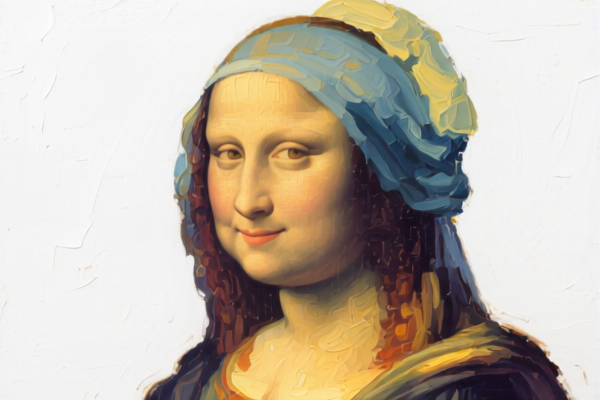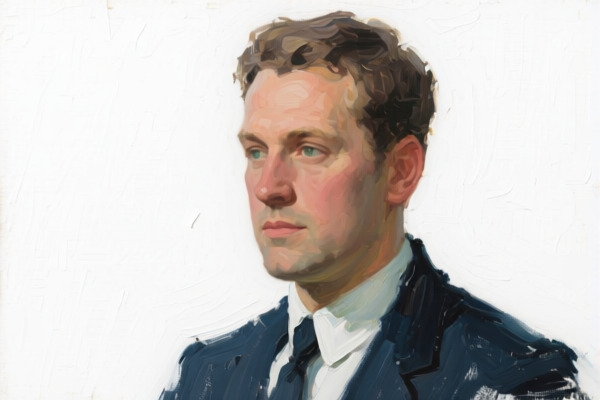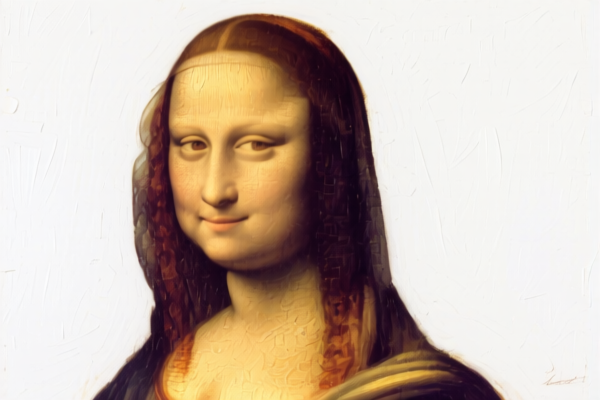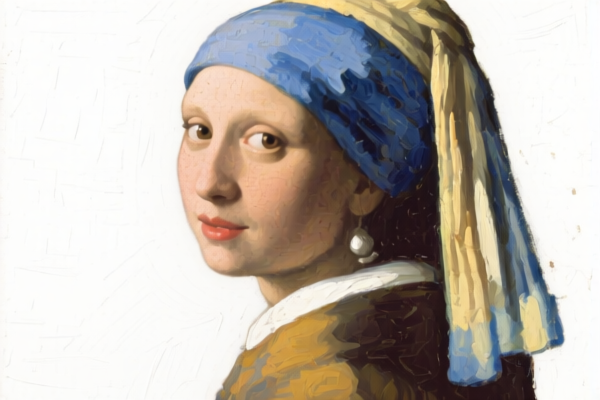| HS Code | Official Doc | Tariff Rate | Origin | Destination | Effective Date |
|---|---|---|---|---|---|
| 9608996000 | Doc | 37.5% | CN | US | 2025-05-12 |
| 9609908000 | Doc | 37.5% | CN | US | 2025-05-12 |
| 9620005000 | Doc | 60.3% | CN | US | 2025-05-12 |
| 9620005500 | Doc | 58.3% | CN | US | 2025-05-12 |
| 4911914040 | Doc | 37.5% | CN | US | 2025-05-12 |
| 4911998000 | Doc | 37.5% | CN | US | 2025-05-12 |
| 4908900000 | Doc | 37.5% | CN | US | 2025-05-12 |
| 4908100000 | Doc | 37.5% | CN | US | 2025-05-12 |
| 3703906000 | Doc | 57.8% | CN | US | 2025-05-12 |
| 3703903060 | Doc | 58.7% | CN | US | 2025-05-12 |
| 3707906000 | Doc | 55.0% | CN | US | 2025-05-12 |
| 3707903290 | Doc | 55.0% | CN | US | 2025-05-12 |




Scratch Painting
Scratch painting, also known as sgraffito art, is a distinctive art technique yielding images created by removing dark layers of material to reveal a contrasting, lighter layer beneath.
Material
The core material is typically a board or sheet coated with a dark, opaque layer – traditionally black, but other dark colors like silver, gold, or blue are also used. This top layer is usually composed of India ink, a wax coating, or a specialized scratch-off coating. Beneath this dark layer lies a layer of a lighter color, often white or a pastel shade. Boards are commonly made of paper-based materials, though plastic and wood substrates are also used. Tools for scratching include styluses (often made of wood or plastic), metal points, and brushes.
Purpose
The primary purpose of scratch painting is artistic expression. It allows for detailed and textured imagery, often with a high degree of contrast. It's used for creating illustrations, decorative art, and unique visual effects. Beyond artistic endeavors, it's frequently employed in educational settings to develop fine motor skills and encourage creativity.
Function
The function of scratch painting relies on the principle of subtractive art – removing material to create an image. The dark top layer acts as a canvas, and the scratching process reveals the lighter layer beneath, forming lines, shapes, and textures. The contrast between the removed dark material and the revealed lighter layer defines the artwork. The technique allows for a wide range of effects, from fine, detailed lines to broad, textured areas, depending on the pressure and tools used.
Usage Scenarios
- Artistic Creation: Artists use scratch painting to produce detailed illustrations, portraits, landscapes, and abstract designs.
- Educational Activities: It's a popular medium in schools and art classes for teaching drawing skills, shading, and composition. The instant gratification of revealing the image is particularly appealing to children.
- Hobby & Craft: Scratch painting kits are widely available for recreational use, allowing individuals to create their own artwork at home.
- DIY Projects: It's used in custom greeting cards, gift tags, and personalized decorations.
- Therapeutic Art: The repetitive and focused nature of the scratching process can be calming and therapeutic.
Common Types
- Traditional Black Scratchboard: Uses a black coating over a white base, often used for highly detailed, monochromatic artwork.
- Color Scratch Art: Features a dark-colored coating (silver, gold, blue, etc.) over a lighter, often pastel-colored base. This allows for more colorful and vibrant results.
- Rainbow Scratch Art: Multiple layers of different colored coatings are applied, revealing a spectrum of colors as the surface is scratched.
- Scratch Art Paper: Paper coated with a scratch-off layer, often sold in pads or kits for easy use.
- Digital Scratchboard: Software programs that simulate the scratchboard technique, allowing artists to create digital artwork with a similar aesthetic.
Based on the provided information, scratch painting can be classified under the following HS codes:
- 4911914040: This HS code falls under Chapter 49, which covers printed matter. Specifically, it includes printed pictures, designs, and photographs. The subheading 4911914040 refers to printed matter not over 20 years old at the time of importation, and further specifies 'Other: Other'. This could apply to scratch painting if it is a printed design. The total tax rate is 37.5%, comprising a 0.0% base tariff and a 7.5% additional tariff, increasing to 30.0% after April 2, 2025.
- 4911998000: Also within Chapter 49 (printed matter), this HS code covers 'Other printed matter', with the subheading 4911998000 representing 'Other: Other: Other'. This is a broader category that could encompass scratch painting if it doesn’t fall under more specific classifications. The total tax rate is 37.5%, with a 0.0% base tariff and a 7.5% additional tariff, rising to 30.0% after April 2, 2025.
According to the provided reference material, the HS code options related to 'scratch painting' are limited, with only the following 2 found.
Customer Reviews
No reviews yet.